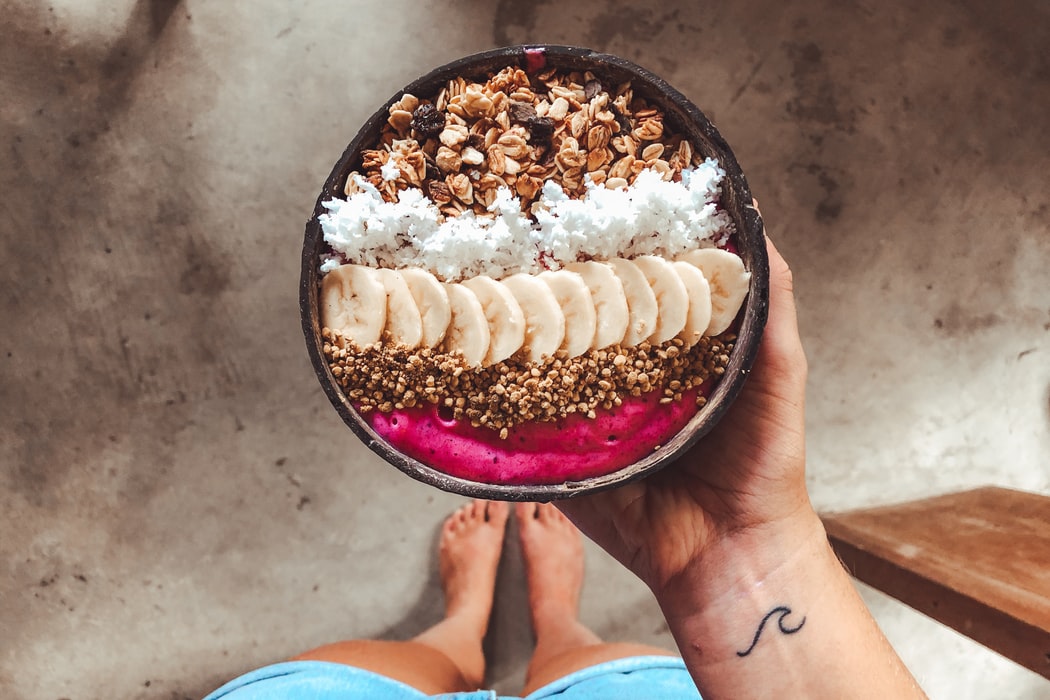In a recent newsletter, we talked about the tremendous importance of magnesium, and we also talked about why you should be deeply concerned that you’re not getting enough of this mission-critical essential nutrient.
After all, scientific studies estimate that some 75% of folks are falling far short of the daily recommended intake for magnesium. This has huge repercussions considering that magnesium is integrally involved in over 300 metabolic reactions in the body.
While its functions and benefits in the body are ubiquitous, when you’re not getting enough magnesium, you put yourself at a greater risk of:
- Feeling anxious, worried, stress, and overwhelmed
- Poor-quality or interrupted sleep
- Muscle cramps
- Depressed feelings of well-being
- Feeling tired and lacking energy
- Headaches
- Elevated blood pressure
- Decreased bone mineral density
- Reduced muscle mass and strength
- Low testosterone
- Poor blood glucose management
As we mentioned the other day, the recommended daily intake of magnesium for women is 320mg per day, and for men, it’s 420mg per day. There is quite a bit of debate, however, as to whether or not these amounts are ideal, as optimal levels of magnesium may be influenced by a variety of factors. Be that as it may, these targets are good starting points.
Generally speaking, the best sources of magnesium are unrefined (whole) grains, dark leafy greens, nuts, seeds, legumes, and tubers. Here’s a glimpse of selected foods sources and their respective magnesium content (USDA Food Composition Database):
- Pumpkin seeds, roasted, ¼ cup (160mg)
- Swiss chard, cooked, 1 cup (150mg)
- Brazil nuts, ¼ cup (125mg)
- Amaranth, uncooked, ¼ cup (120mg)
- Sesame seeds, kernels, ¼ cup (110mg)
- Beet greens, cooked, 1 cup (100mg)
- Almonds, dry roasted, 1 oz. (95mg)
- Teff, uncooked, ¼ cup (90mg)
- Quinoa, uncooked, ¼ cup (85mg)
- Sorghum, uncooked, ¼ cup (80mg)
- Cashews, dry roasted, 1 oz. (75mg)
- Spinach, frozen or cooked, ½ cup (75mg)
- Great northern beans, canned, ½ cup (65mg)
- Mixed nuts, dry roasted, 1 oz. (65mg)
- Lima beans, cooked, ½ cup (65mg)
- Bulgur, uncooked, ¼ cup (55mg)
- Potato, dry roasted, 1 medium (50mg)
- Peanuts, dry roasted, 1 oz. (50mg)
- Peanut butter, smooth, 2 tbsp (50mg)
- Pinto beans, ½ cup (45mg)
- Yogurt, plain, 1 cup (45mg)
- Rice, brown, cooked, ½ cup (40mg)
- Collard greens, cooked, 1 cup (40mg)
- Lentils, ½ cup (35mg)
- Kidney beans, ½ cup (35mg)
- Banana, raw, 1 medium (30mg)
- Kale, cooked, 1 cup (30mg)
- Avocado, cubed, ½ cup (20mg)
Although the list of food sources above is exhaustive, the numbers don’t lie: It’s clear that, for the majority of people, it’s a tremendous challenge to get enough magnesium through whole foods. That’s why, for many people, we think a high-quality magnesium powder is a linchpin to supporting health and wellness.

